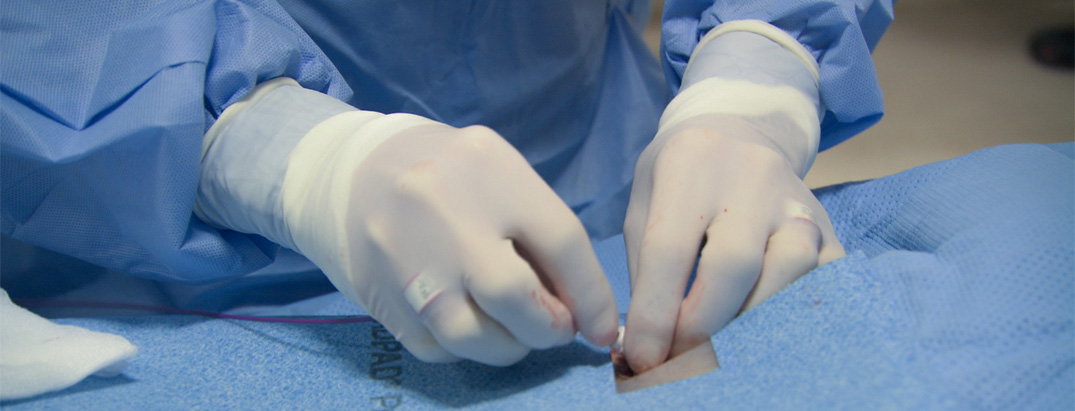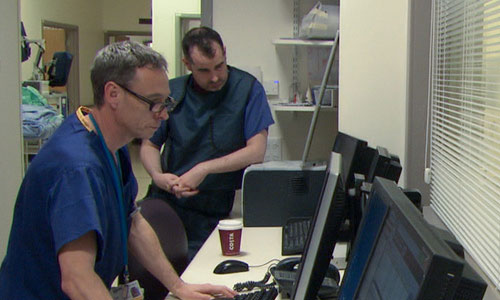
Over 40,000 patient treatments of SIR-Spheres microspheres have been delivered worldwide. Within clinical studies conducted in more than 6,000 patients, SIR-Spheres microspheres have shown to have an acceptable safety profile.
This was confirmed in UK NICE Guidance issued on SIRT in July 2011, which stated that the "current evidence on the safety of selective internal radiation therapy (SIRT) for non-resectable colorectal metastases in the liver is adequate."1 This was further reinforced by UK NICE Guidance issued on SIRT in July 2013 which stated that "current evidence on the efficacy and safety of selective internal radiation therapy (SIRT) for primary hepatocellular carcinoma is adequate for use..."2
Patients may experience side effects from the procedure, but not all patients will get all of these.
The most common side effects are:
If a few microspheres reach the stomach or intestine, they may cause symptoms of indigestion, gastritis or abdominal discomfort similar to having a peptic ulcer. To prevent this from happening, patients are asked to take an anti-ulcer treatment once daily from the day of the the liver angiogram for a minimum of 8 weeks. Despite that, any symptoms of indigestion, reflux or upper abdominal pain developing up to 8 weeks from the SIRT procedure must be investigated in case there may be an underlying ulcer that requires treatment.
The potential long-term risk from these radiation doses is uncertain. However, as long as the radiation is confined to the liver, the side effects are usually mild. Any exposure to radiation has the potential for long-term damage, such as scarring of the liver or fluid accumulation within the abdomen. There is a theoretical risk of other malignancies developing many years later as a result of exposure to radiation, but this risk is small and cannot be quantified.
On account of the risk of radiation complications, which are commonest 4-8 weeks from the treatment, patients should be seen in clinic regularly until 12 weeks from the SIRT procedure. Patients treated in the NHS Commissioning through Evaluation programme must be monitored every 3 months for clinical review and completion of quality of life questionnaires.
References:
1. NICE. Guidance IPG401. Last updated May 2013.
2. NICE. Guidance IPG460. July 2013.

There is a restricted access forum for all clinicians involved in the SIRT procedure to help share best practice and experiences. If you have or you would like to share your experiences or you want to find out more about the procedure and the latest clinical developments, please join our community.
Click here to join or sign-in

There is a designated site for SIRT patients, their families and carers called My SIRT Story.
Click here to find out more
